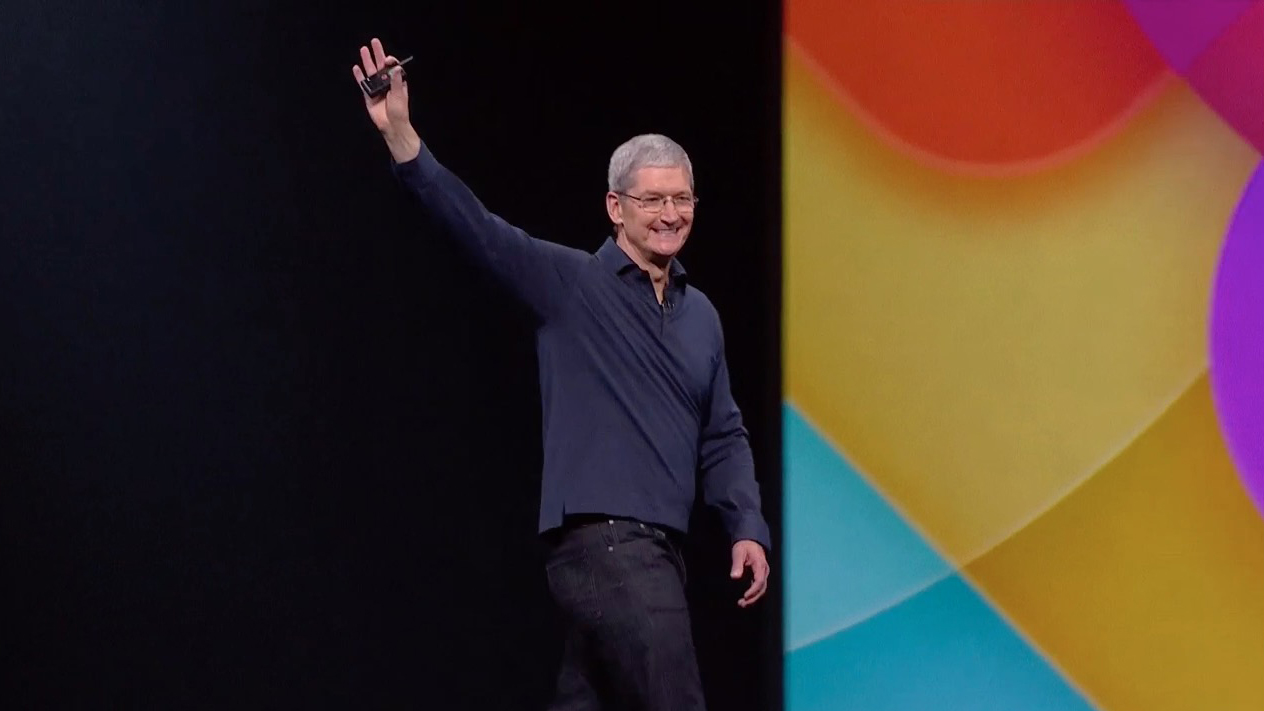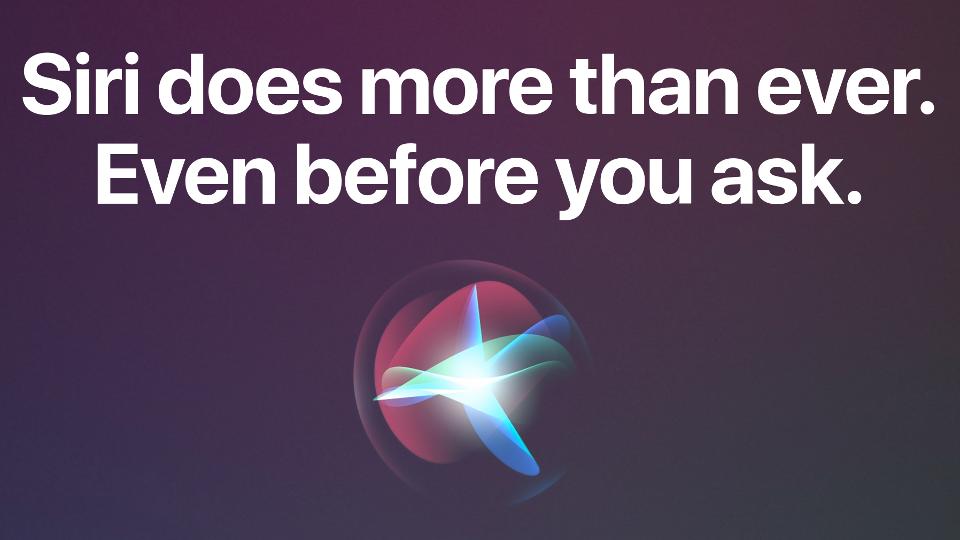Amazon could be set to follow Facebook's footsteps into the Indian telecom market through a strategic investment in Bharti Airtel. Media reports said the US conglomerate could pay up to $2 billion for a 5% stake in the Indian telecommunications company.
However, there is a catch as neither of the two companies were ready to confirm the move, each claiming that it is nothing more than rumours though Bharti Airtel made it appear as a routine conversation with one among the many OTT players to push Amazon Prime services to the mobile operator's 320 million subscribers.
- Amazon Food takes on Swiggy, Zomato in India
- Amazon Prime Video to globally premiere seven Indian movies
- Microsoft, Google, Amazon planning a major FB-like foray in India?
Digital technology led consumer platform

The report appears plausible, given the sudden bout of interest in India's mobile services and eCommerce marketplace. Facebook set the ball rolling with a $5.7 billion investment in Jio Platforms, a subsidiary of India's largest enterprise Reliance. Reports of Google seeking to acquire state in India's second largest telecom operator Vodafone Idea surfaced thereafter.
Amazon's latest move was reported by Reuters which cited unnamed sources to suggest that the discussions were in a very early stage for the planned investment. If completed this has the potential to turbocharge India's digital economy and generate competition for Jio, which currently is the market leader in mobile telephony and a growing eCommerce platform.
Amazon needs a mobile partner
The digital technology-led consumer platform business in India appears to be catching the fancy of investors, given the fast growing mobile subscriber base and the potential of online retail growth. At last count, India boasted of 1.1 billion mobile subscribers and an internet economy that is valued at over $100 billion.
For Amazon, which has pumped in more than $6.5 billion in India, a deal with a telecom company would make lots of sense, given that it would straightaway have access to their 320 million plus subscribers across the country. It would give them considerable heft to take on Jio Platforms which received over $15 billion in funding and is now valued at $66 billion.
Bharti's first attempt at retail

From Bharti Airtel's point of view, this could be a match made-in-heaven after their failed efforts to enter the lucrative eCommerce business through a tie-up with Walmart. The duo parted ways in 2013 after a six-year alliance that came up when India allowed foreign direct investment in retail only through the equity partnership route.
It was in August last year that India relaxed norms around single-brand retail companies can start selling online before setting up a brick-and-mortar store so long as they do have one within two years of starting digital sales. Bharti Airtel-Walmart entity had set up a store which accumulated losses of more than $36 million in 2011.
Why Bharti could be desperate
Assuming that the talks are on and culminate in a win-win for Amazon and Bharti Airtel, it would be the latter's second attempt at entering the eCommerce business. It would also help the duo take on Walmart, which acquired a controlling stake in Flipkart, Amazon's prime rival in India. Walmart paid $16 billion in May 2018 for a 77% stake in Flipkart, India's first eCommerce player, in what was then considered the world's largest eCommerce deal.
There is also a financial reason for Bharti Airtel to negotiate stake sale at this juncture. As on March 31, 2020, the company had a net debt of roughly $13 billion and the company had reported a consolidated loss of $693 million in the January-March quarter of 2020.
With Bharti Airtel claiming that the discussions are routine and Amazon refusing a comment on anything speculative in nature, it remains to be seen how this one pans out. The Reuters report also suggested that in case talks for a stake sale failed, the two companies could come to an agreement on sharing Amazon's services to Airtel's customers and vice versa.
- All about Jio Platforms and its investments to date
- After Facebook, now Microsoft seeks stake in Jio Platforms






